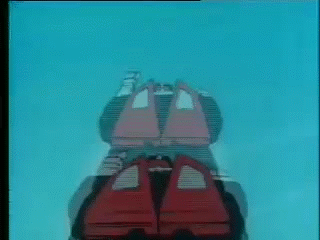With the global markets and real estate industries plunging in the US, investors may look to the skies for their next investment: an opportunity to take over the International Space Station and ultimately build their own private space station.
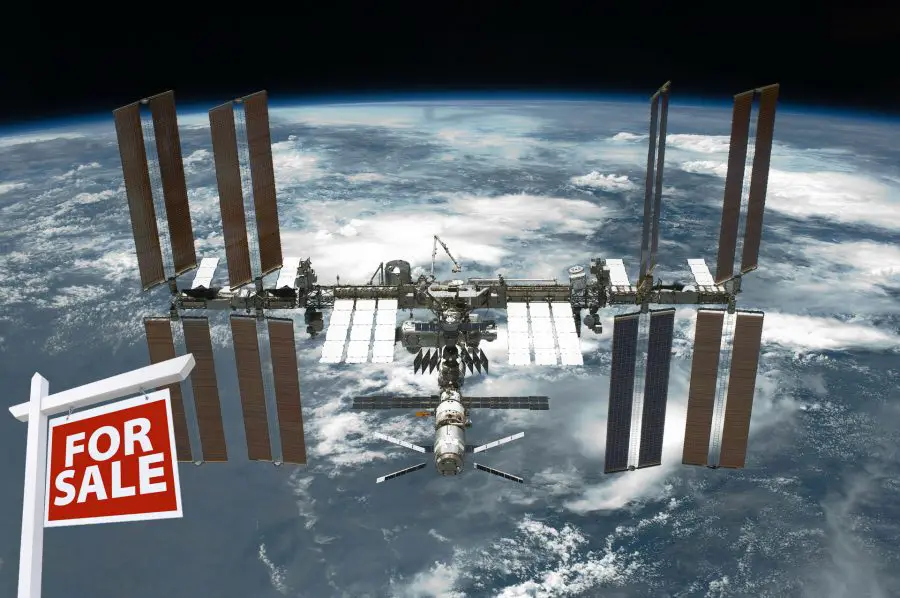
Why is the ISS being retired and what will happen to it?
The ISS is the most iconic piece of construction in space, a symbol of what mankind can accomplish when they work together. At a price of $150 BILLION, it’s also one of the most expensive things humans have ever built (Although the price is still a steal compared to the price of the proposed Death Star). According to the most recent OIG report, the ISS costs $3B a year for ongoing maintenance. Couple high costs with the growing maintenance problems: expiring flight controls, cracks in modules, air leaks in living quarters, you can see why government leaders wanted to hand over the problem to someone else.
Did you know? When Yi So-yeon became the first Korean astronaut on the I.S.S. in 2008, she brought along specially formulated space kimchi for the journey. Alongside their standard menu, I.S.S. astronauts often receive small treats with the arrival of each supply ship, like fresh produce and even ice cream. The I.S.S. does not have a freezer or refrigerator for food on board, so the daily fare is a mix of freeze-dried, canned and dehydrated foods.
Too Big to Fail Destroy
Ever since the Skylab crash in 1979, “Design for Demise” because the guiding principle for designing and decommissioning space hardware; essentially ensuring hardware is built to burn up on reentry. The problem is, the International Space Station is HUGE.

How DO you get rid of something this big?

Decommissioning something this big in space requires a lot of consideration to the following questions (among others):
How do you make the ISS burn on reentry?
Where do we make the pieces land?
What’s the impact of the ISS’s reentry on the surrounding life, environment, and biome/watershed/ecosystem?
Can we just leave the International Space Station up there?
The latest transition report from NASA states the plan is to:
- Decouple newer modules from the ISS
- Use the engines on the ISS to slowly lower the altitude
- Attach 3 more engines to the ISS
- Use all engines to drop the space station into Point Nemo

Point Nemo, the farthest point from civilization
What is the future for space habitation?
With the privatization of space travel, government agencies are turning to the private sector to accomplish their goals. A new startup, Axiom Space, has been tapped by NASA to takeover building new modules and eventually replacing the ISS.
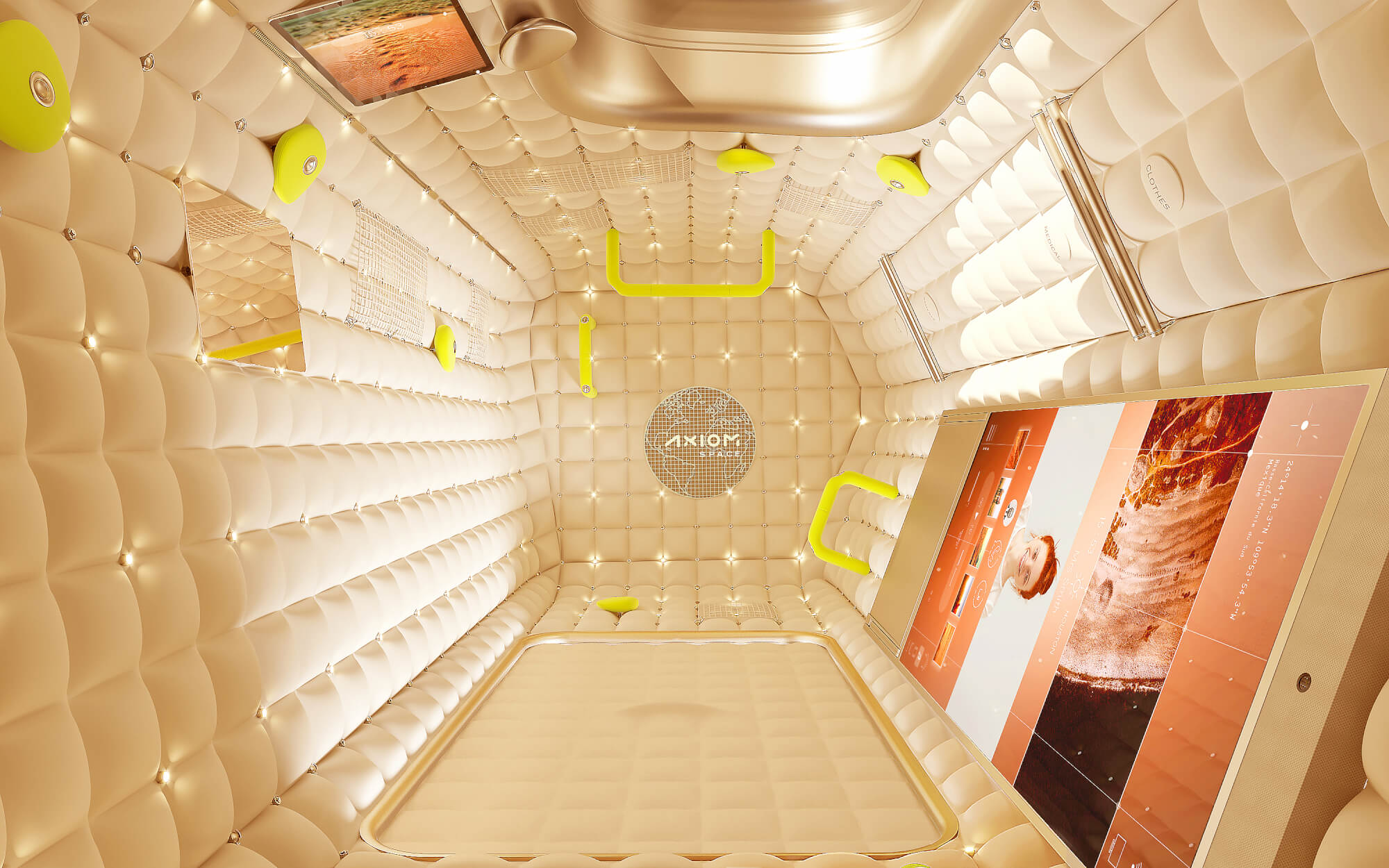
Who is Axiom Space?
Founded in 2016, Axiom Space is a private funded space infrastructure developer headquarters in Houston.
Made up of former NASA employees, the Axiom Space team has been involved in every ISS mission. Led by co-founder and President/CEO Michael Suffredini, ex-International Space Station Program Manager, oversees assembly of the new space station. Co-founder and Executive Chairman Dr. Kam Ghaffarian founded Stinger Ghaffarian Technologies, Inc., not only NASA’s second-largest engineering services contractor but they also trained NASA astronauts and operated the ISS.
What is Axiom Space’s mission?
Axiom Space plans to build the first privately owned space station beginning with Hub-1, estimated to launch in 2024. Modules are intended to dock with the ISS initially before decoupling before the ISS is de-orbited.
Axiom Space launched their first mission, AX-1, earlier this year on April 8th, 2022.
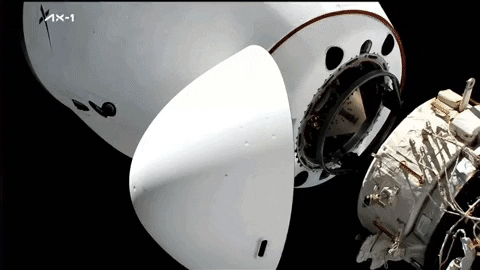
AX-1: Meet the Team

Commander Michael López-Alegría (63 years old): With five space notches on his belt, he is a three-time veteran on successful spacecraft named, “Endeavor”. He commanded SpaceX’s Dragon Endeavor; in 2002, and he flew on STS-113, Space Shuttle Endeavor. AND helped build the ISS.
Pilot Larry Connor (72 years old): has been deep down below, and up there. He competes in the “Olympics” of amateur road racing, dives, invests in real estate, and sets up organizational benefits for the Connor Group Kids & Community Partners.
Mission Specialist איתן סטיבה [Eytan Stibbe] (64 years old): Having grown up in European, American, and Middle-Eastern environments, and once Israeli Scout (Tzofim movement), was a mission specialist with the know-how to fly F-16s.
Mission Specialist Mark Pathy (53 years old) : Of Hungarian decent and Canadian citizenship, Mark’s the youngest and represents the most relative experience in medicine, and potentially the impacts of microgravity on research conducted without the constraints of Earth’s gravity.
Astronaut In-Training Colonel Walter Villadei (48 years old): The-Space-Engineer-Every-Space-Marine-Would-Want. Trained by NASA and Russians, he is the Head of the Italian Space Policy and Operations Office of the General Office for Space of the Air Staff. He is also member of the Scientific Committee of the Italian Space Agency.
AX-1: Mission Objectives
The first privately led mission to the ISS on April 8th, 2022 included more than 25 science and research investigations for eight days straight. Some of the research included: Microgravity (less gravity), its impact on research and innovation, cancer research, 3D holoportation, and Tesserae (self assembling construction).
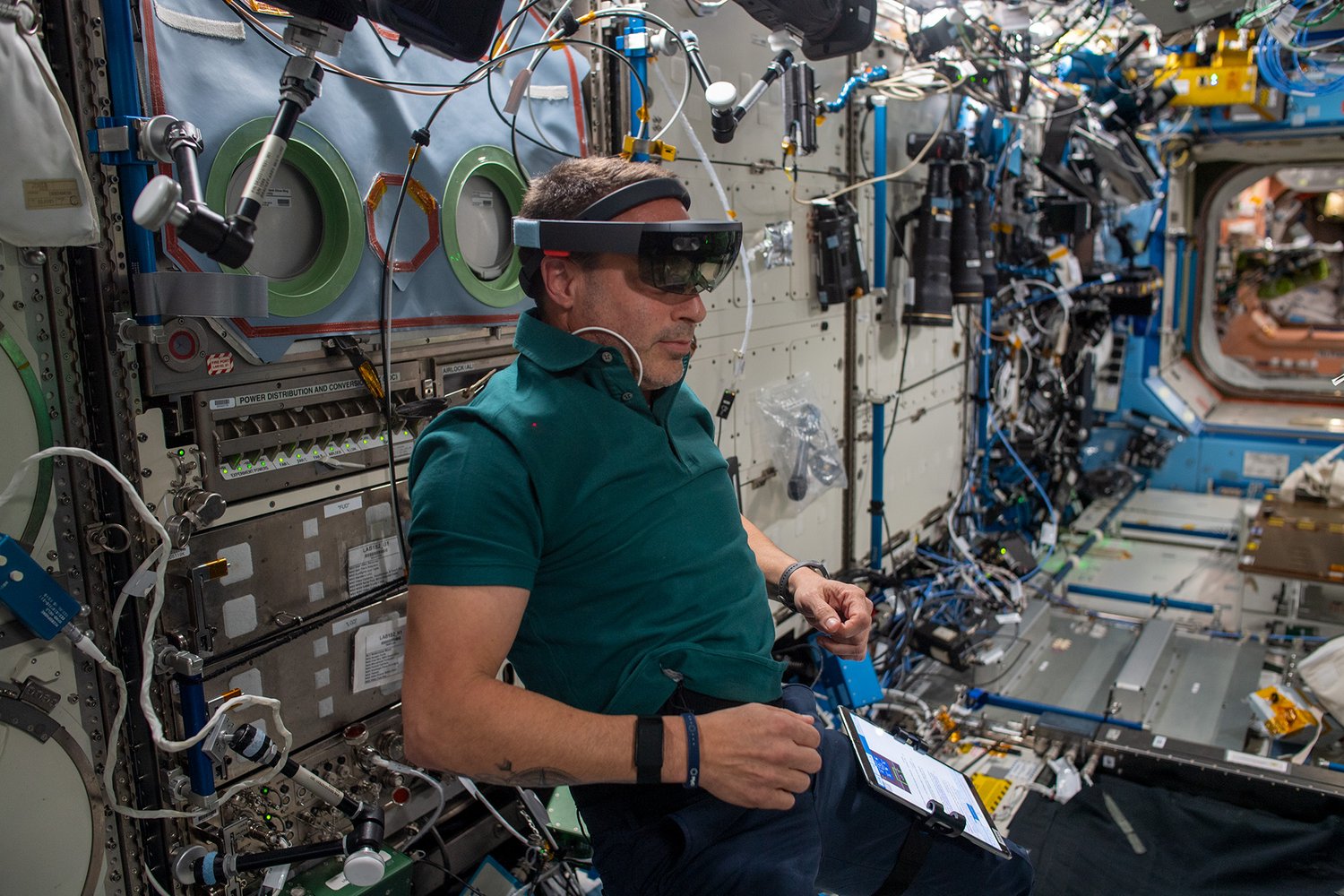
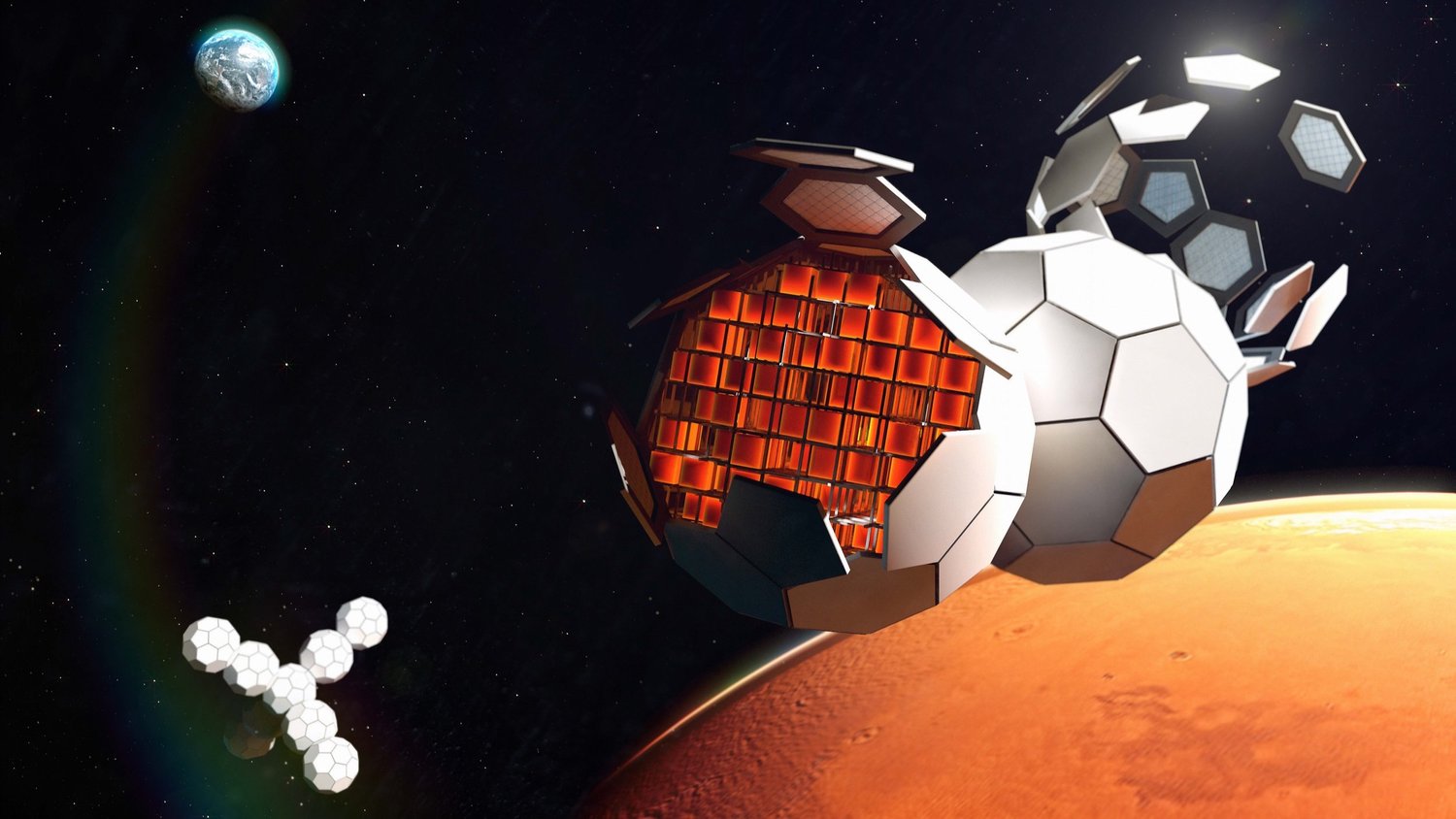
The Final Frontier
The end goal for Axiom is to have a commercially viable space station replacing the ISS. Revenue will be earned through contracts with governments and the private sector.
Construction is already underway for two new modules for the ISS: 1) Hub-1, the first module owned and operated by Axiom Space and 2) SEE-1, funded by Space Entertainment Enterprise (SEE), will be the first film studio in space with plans to film a space movie with Tom Cruise.
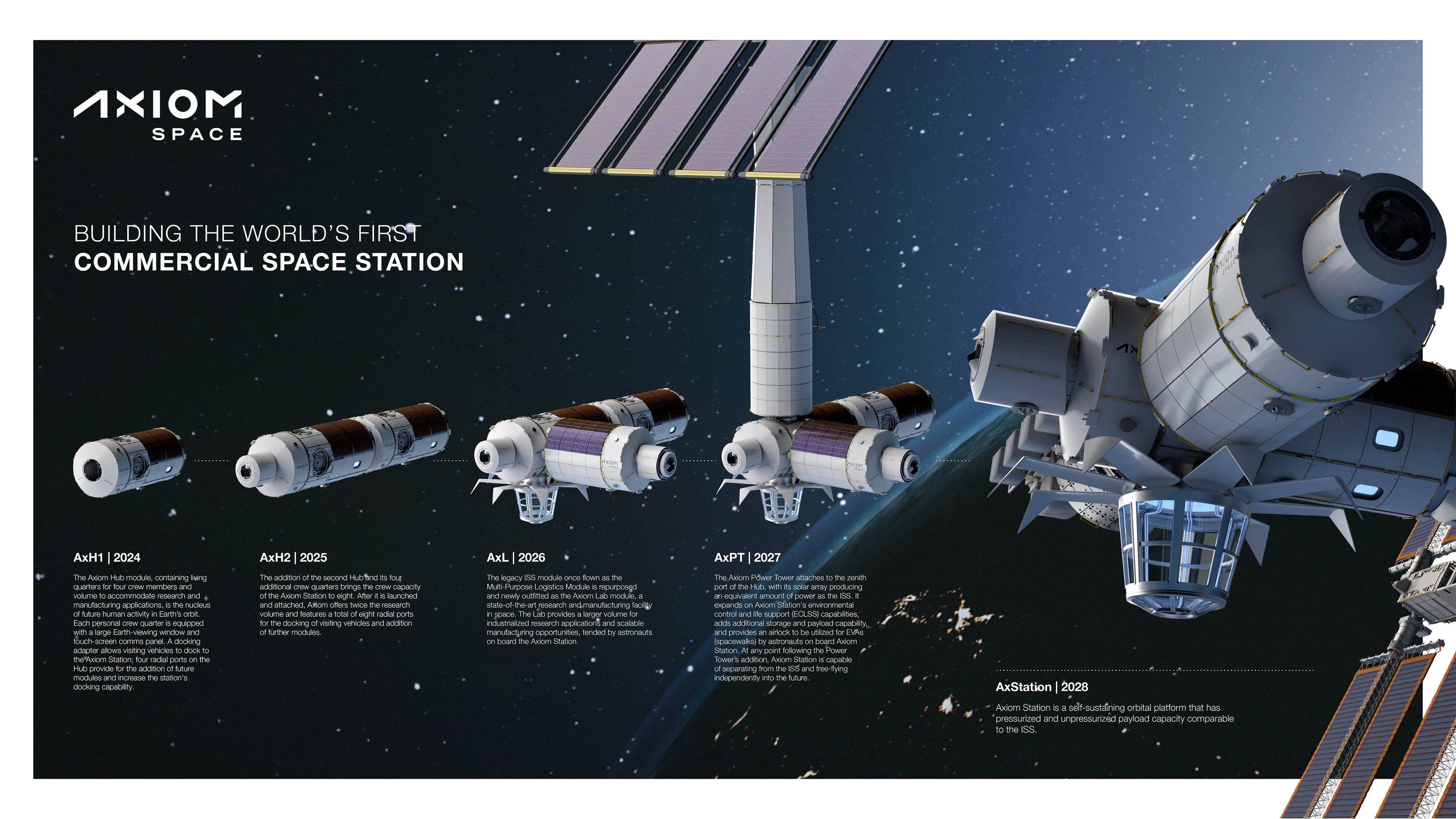
By 2028, two years before the ISS is retired, AxStation should have enough space and capabilities to decouple from the ISS and start a new era of private space exploration. At that time Axiom can count on several revenue streams: Room & board for astronauts, research, manufacturing, entertainment, and supporting exploration to other destinations in space.
